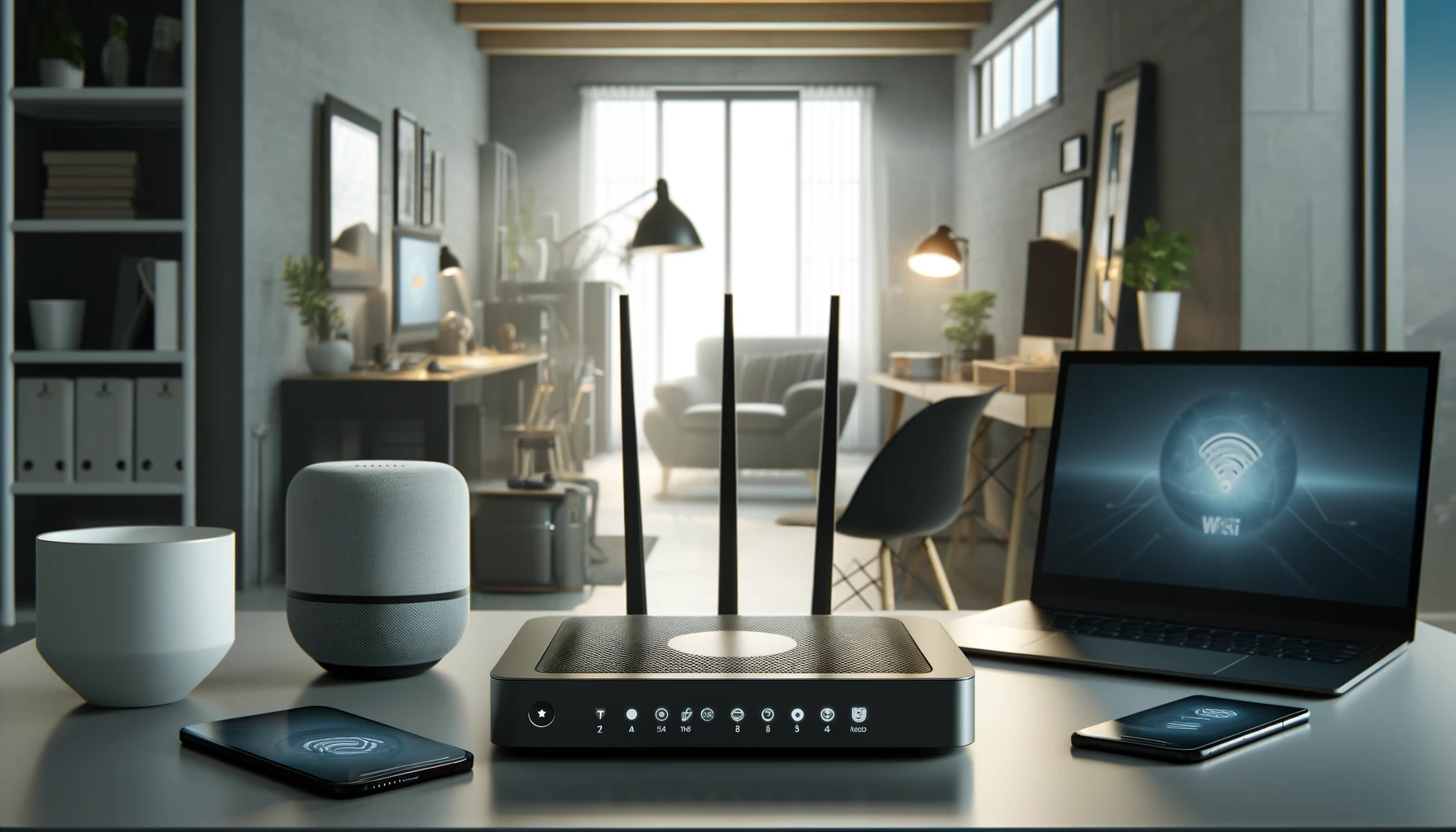In special growing systems, such as a high-tech vertical farm or a home growing box, there is a big need for tools that can measure the strength of the light very exactly, and there are two main types of tools for this: the light meter and the PAR meter.
Although both tools measure light, their basic differences, which come from physics and biology, make them good for very different tasks, so understanding what best light meter app measures and how the plant reacts to these measurements is the key to making any lighting system work the best it can.

PAR: What It Is and Why It Is the Main Number for Photosynthesis
The light we can see is made of light waves of different lengths, and the light range that plants use is called Photosynthetically Active Radiation.
The PAR Range and What It Is
PAR includes light waves from 400 nanometers (blue light) to 700 nanometers (far red light), and the process of making food (photosynthesis) is started not by the total energy of the light, but by separate light particles called photons.
To start the chlorophyll molecule, only one photon is needed, and from the plant's point of view, one photon of blue light (which has more energy) and one photon of red light (which has less energy) have the same power to start the food-making reaction.
The Main Number: PPFD (Photon Flux Density)
Because the number of photons in the PAR range is what is important for plants, and not the total energy power of the light, a special unit was created: Photosynthetic Photon Flux Density (PPFD).
The PPFD Unit: Micromoles of photons per square meter per second (μmol/(m2⋅s)).
Micromole (μmol): This is the number of photons, and one micromole is about 6.02×1017 photons.
Per square meter (m2): This shows how dense the light flow is in the area.
Per second (s): This shows the speed at which the photons are delivered.
Why PPFD is the Main Number:
PPFD measures the working material for the plant, so if we want to make the most sugar (glucose), we need to know the exact number of photons that hit the leaf every second. PPFD is the standard number used in science, in professional growing, and for choosing the best light times for different plants, and growers use this number to calculate the Daily Light Integral (DLI), which is the total amount of photons the plant gets over 24 hours, and this DLI is the most exact way to know how much the plant will grow and how much fruit it will make.
Colour Sensitivity: How the Tools See the Light Differently
The basic disagreement between the light meter and the PAR meter comes from their colour sensitivity, which means how much they react to light of different colours, different wave lengths.
The Light Meter and the Human Factor
The light meter is made so that its sensor, with a special filter (V(λ)-filter), completely copies the sensitivity of the human eye, and this sensitivity is called the photopic vision curve V(λ).
Peak Sensitivity: The human eye sees the green-yellow light the best, at about 555 nm.
The Problem: The tool gives the highest "value" to green light and greatly undervalues blue light (≈450 nm) and red light (≈660 nm).
The Result: If you shine only pure green light on a surface, the light meter will show a very high lux number, but if you change this to red or blue light with the same physical energy, the light meter will show a much smaller number because the human eye sees this light as less bright.
Plants and Their Necessary Colours
Plants use light in a different way because their "main eye" is chlorophyll, which has two main parts that take in light:
Blue Peak (≈430−470 nm): Blue light helps the plant grow leaves, makes the plant short and strong, and helps make thick leaves.
Red Peak (≈640−680 nm): Red light is the most helpful for direct photosynthesis, and it helps the plant make flowers and longer stems.
Green light (≈500−600 nm), which people see very well, is used the least by plants because most of it is reflected (which is why plants look green) or goes through the top leaves, so green light does not drive the process of making food very much.
The Problem with Special Plant Lights
This problem gets serious when using modern LED grow lights, which often only make a narrow range of light focused on the blue and red colours (called "purple" or "pink" light).
PAR Meter: It measures PPFD exactly because it counts the photons in the blue and red areas as equally important.
Light Meter: It shows numbers that are much too low because it ignores the main light parts that the plant uses and tries to "find" green light, which is almost absent in those lamps.
Response Curves: Comparing the Sensitivity Curves
To see the problem clearly, we must compare two curves that are basically different:
The Human Eye Sensitivity Curve (V(λ))
This curve, used in light meters, looks like a bell:
It starts low in the purple light area.
It quickly goes up to a sharp peak at 555 nm.
It quickly goes back down in the red light area toward 700 nm.
Conclusion: It shows brightness, not energy, so any lamp with lots of green/yellow light (like a sodium lamp, HPS) will automatically get a higher lux number, even if the plant cannot use most of that light for making food.
The Photosynthesis Efficiency Curve (Action Curve)
The action curve shows how well the plant makes food when shining different colours of light on it:
It has two very clear highest points (two "humps"): one in the blue area and one in the red area.
It shows a deep dip in the green-yellow area, which is the exact same place where the V(λ) curve has its highest point.
The Strange Conclusion: The light that is brightest for a person (green) is the least effective for the plant to make food, and the light that looks the "dimmest" to a person (deep red/blue) is the most effective for the plant.
This means the light meter is not sensitive to what is truly important for the plant, so it acts like a guard who only looks in one direction (green) and does not notice what is happening in the two other directions that are most important for the plant.

When to Use the Light Meter and When the PAR Meter is Necessary
Choosing between the light meter and the PAR meter depends on your goals, how much money you can spend, and most importantly, the kind of light source you are using.
When the Light Meter is Enough (and Why)
Quick Checks and Relative Measuring: The light meter is perfect for quickly comparing brightness in different places, checking natural light near a window, or making a light map to check for evenness of the light (the middle versus the corners).
Older Lamps (Full Spectrum): If you use older lights, like incandescent bulbs or full-spectrum fluorescent lamps, where the colours are wide and more like sunlight, the light meter's numbers can be used for a rough guess, and in these cases, you might use math to change the lux number to a PPFD number, though it will not be exact.
Low Budget: Light meters are much cheaper than PAR meters, so they are a good tool for hobby growers who only need to know the basic information about whether there is enough light or not.
When the PAR Meter is Absolutely Necessary
Modern LED Systems: When using narrow-spectrum LED grow lights (purple or red-blue light), the light meter becomes useless, so only the PAR meter can measure the exact number of useful photons.
Science Work and Commercial Growing: If your goal is to make the most fruit, control quality, or do experiments, you need the PPFD number, because only this number lets you calculate DLI and be sure that the plant gets enough energy for the expected harvest.


